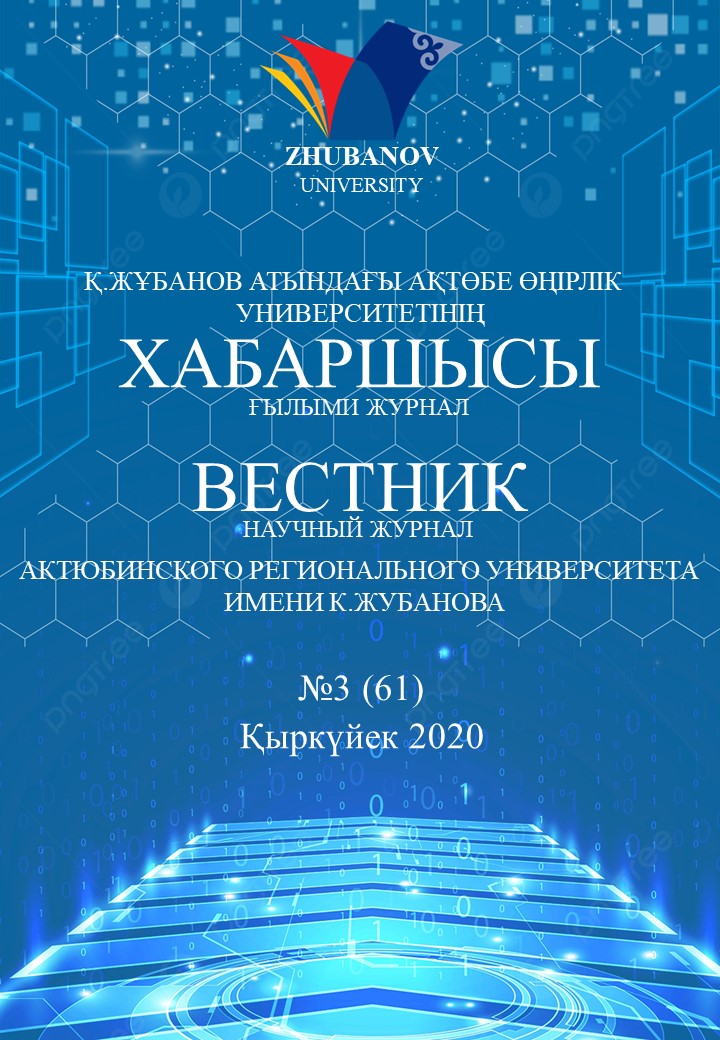This article also shows the heterogeneity of the functions of science and their possibility of change. This is
primarily due to the possible conflict between the values of scientific culture and the national traditions of society or the
conditions of the anti-democratic political regime. Science can be an integral element of national cultures, an element that
actively changes their basis. Thus, science and its results often come into conflict with traditional lifestyles, social ideals and
values. The development of science has become a condition for the expansion of social and personal crises. To reduce the role
of science dysfunctions in culture, it is necessary to identify national points of contact that will allow it to harmoniously
combine the achievements of national culture and world science.
- Гайденко П.П. Эволюция понятия науки. Становление и развитие первых научных программ. Москва, 1980. - 448 с.
- Губин В.Д. Критика современных буржуазных теорий творчества. Харьков, 1981. -168
- Листвина Е.Г. Основания взаимосвязи науки и культуры// Вестник ТГПУ. 2014.№7.С.116- 120.
- Мамардашвили М.К. Наука как культура // Методологические проблемы историко-научных исследований. Москва., 1982. С. 38-58.
- Огурцов А.П. Образы науки в буржуазном сознании//Философия в современном мире.Философия и наука. М.: Наука,1972.
- Пархоменко И.Т., Радугин А.А. Культурология в вопросах и ответах. М.: Центр, 2001. С 81-86.
- Порус В.Н. Рациональность. Наука. Культура. Москва, 2002. -352 с.
- Саберова М.Ш. Понятие и функции научной культуры // Контекст и рефлексия: философия о мире и человеке. 2016. № 1. С. 35-45.

